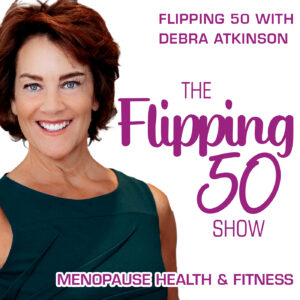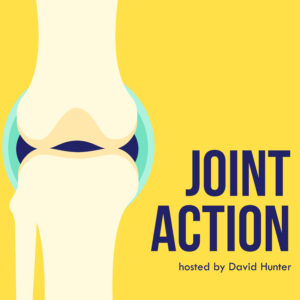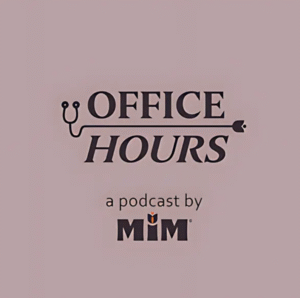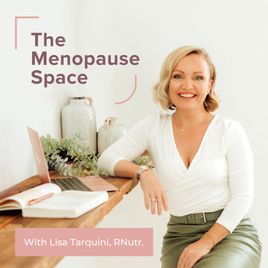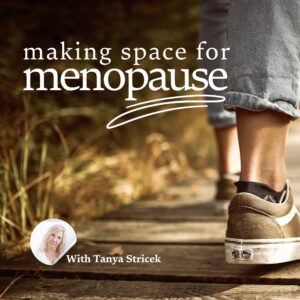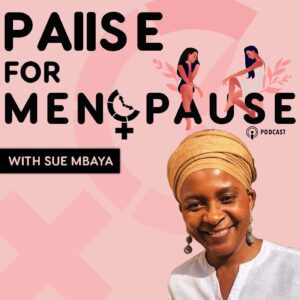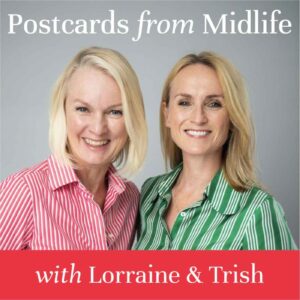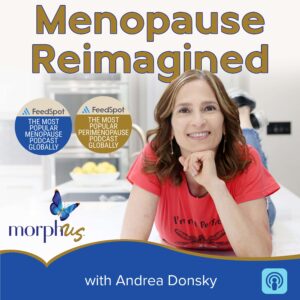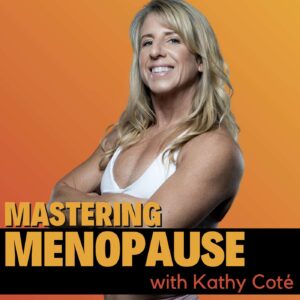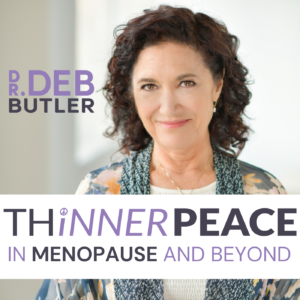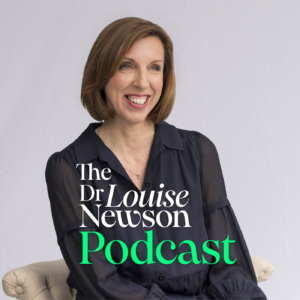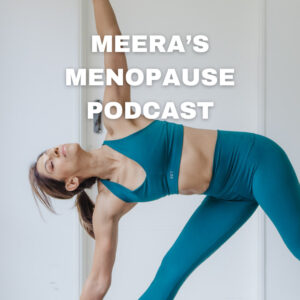About
Fast fat loss in menopause is not really the goal. Let’s be realistic and say this right out of the gate. Fast fat loss is a myth.
You may, however, drop inflammation fairly quickly with the right type of exercise.
Part 1: The Fat Burning Fundamentals
Let's start with the basics. When we talk about fat burning during exercise, we need to understand two key concepts:
- Percentage of Fat Used for Fuel
- Total Calories Burned
Here's something surprising: At rest, we burn about 85% fat for fuel. Your body is already a fat-burning machine when you're sitting on the couch!
Here's where it gets interesting..
During low-intensity exercise like walking, you burn a higher percentage of fat for fuel, but you're burning calories at a slower rate overall.
During high-intensity exercise like running, you burn a lower percentage of fat for fuel, but you're torching calories much faster.
Part 2: The EPOC Effect - Your Metabolic Afterburn
EPOC or Excess Post-Exercise Oxygen Consumption, but I like to call it your metabolic afterburn. This is the energy your body continues to burn AFTER your workout is over.
High-intensity exercise creates a significant EPOC effect. Your body keeps burning calories for hours after you finish your workout as it works to restore oxygen levels, repair tissues, and return to its normal state. It's like your metabolism stays revved up long after you've stopped moving.
Low-intensity exercise produces minimal EPOC. Once you stop walking, your metabolism pretty quickly returns to baseline. You burned calories during the activity, but the party's over when you stop.
This is where high-intensity exercise starts to look really appealing for fat loss. You're not just burning calories during the workout - you're creating a metabolic boost that lasts for hours.
Know the Best Strategy for Fast Fat Loss in Menopause May Surprise You
Part 3: Sprints vs Steady-State Running - The Game Changer
When we compare running at a slow to moderate pace versus doing sprint intervals, the sprint work wins hands down for fat loss.
Sprint intervals create a massive EPOC effect. Your body works harder to recover from intense bursts, burning calories long after you're done.
Sprint intervals are incredibly effective at burning both total body fat AND visceral belly fat.
The beauty of sprints is that you can get incredible results in much less time. A 15-20 minute sprint session can be more effective for fat loss than an hour of steady jogging. For busy women in menopause, this efficiency factor is huge.
Part 4: The Cortisol Connection - Why This Matters in Menopause
Now we need to talk about cortisol, because this is where things get really important for women in menopause.
High-intensity exercise creates a greater rise in cortisol compared to low-intensity exercise. This isn't necessarily bad! This cortisol response is actually normal and necessary. It's how your body releases blood sugar to be used as fuel and creates energy for exercise.
Low-intensity exercise like walking creates little rise in cortisol. Comfortable walking, dancing, yoga, or tai chi often actually REDUCE cortisol levels.
The problem isn't the acute cortisol rise from exercise itself. The problem is chronic elevated cortisol combined with high-intensity exercise when your system is already overloaded.
If your stress bucket is already overflowing from work, relationships, poor sleep, and hormonal changes, adding high-intensity exercise makes it spill over.
When cortisol is chronically elevated, it can sabotage your adrenal function and ultimately affect your thyroid. This is particularly relevant during menopause when our hormone systems are already in flux.
Choosing the Right Cardio for Fast Fat Loss in Menopause
Part 5: The Real Running vs Walking Debate
Here's where I want to challenge the traditional running versus walking debate. Maybe it's less about the percentage of fat burned for fuel and more about not burning yourself out.
Let me give you a practical example from my own experience:
Walking at a 5.0 pace on the treadmill is NOT comfortable for me. It's an effort - I'm breathing hard, I'm sweating, I'm working.
But jogging at 5.8? That's actually quite slow for running. It's likely harder on my knees while not really providing enough impact to benefit my bone density.
Here's a crucial point: Every time you run - meaning both feet leave the ground - you add four times your body weight in impact to your knee joints. Yet ironically, this repetitive impact isn't the kind of stimulus that optimally benefits bone density once you do it regularly.
While jumping and purposeful impact exercises do provide bone density benefits, repetitive exercise loads like jogging don't create additional stress - they just create more of the same stress.
So sometimes, a challenging walk might actually give you better results than an easy jog, with less wear and tear on your joints. The sad myth about running vs walking is that it will result in fast fat loss in menopause - or any time for that matter.
Smarter Workouts for Fast Fat Loss in Menopause — Without Burnout
Part 6: When Your Body Is Telling You to Slow Down
Chronic cortisol elevation is often linked to inadequate recovery - particularly nutrition - than to workout intensity itself.
If you're on a chronically low-carbohydrate or low-calorie diet, you may experience prolonged cortisol elevations regardless of your exercise. When your body lacks fuel, it compensates by releasing more cortisol to break down fat, muscle, and even bone tissue for energy.
Chronic cortisol is more likely under these conditions:
- Too much too soon (occasional overreaching isn't a problem, but repeated overreaching is)
- Undereating before, during, or after exercise
- Lack of rest time between workouts for repair
- Inadequate sleep
- Planned diet or fasting state
Lower intensity workouts may work better because you're not eating enough, not sleeping enough, or not managing your overall stress load.
The biggest problem? Not eating enough. Going too low carb. Making statements like "my body loves this" when it's giving you signs you're exhausted, holding onto weight, or failing to gain muscle. No, it doesn't love it.
Part 7: Making the Right Choice for YOU
How do you decide between running and walking, or between steady-state and sprint work?
Assess your current stress load:
- How’s your sleep?
- Are you eating enough, especially carbohydrates?
- How are your energy levels throughout the day?
- Are you seeing the results you want?
If you're well-rested, well-fed, and managing stress effectively, higher intensity work including sprints is incredibly effective for fat loss.
If you're stressed, under-fueled, or sleep-deprived, walking or other lower-intensity activities is better right now.
That's not settling for less - that's being smart about working WITH your body instead of against it. The best exercise program is what you can do consistently while feeling energized and strong, not depleted and exhausted.
Fast Fat Loss in Menopause Differs for Every Body in Every Stage
Part 8: Practical Applications
For sprint work: Start with just 1-2 sprint sessions per week. These could be 15-30 second all-out efforts followed by as much time needed for recovery, repeated 4-6 times. This gives you maximum fat-burning benefit with minimal time investment.
For steady-state work: If you choose to run steadily, make sure it's at an intensity that's appropriately challenging. If you choose to walk, don't be afraid to make it challenging - hills, speed, or resistance can all increase the demand.
For recovery: Always prioritize adequate nutrition and sleep. Your results happen during recovery, not just during the workout.
Listen to your body's feedback. If you're consistently tired, holding onto weight despite "doing everything right," or feeling burnt out, it might be time to dial down the intensity and focus on recovery.
Conclusion
The bottom line? Both running and walking can be effective for fat loss, but the devil is in the details.
Sprint work offers incredible efficiency and targets visceral fat effectively.
Steady-state cardio has its place, especially when recovery demands are high.
The key is matching your exercise intensity to your body's current capacity for stress and recovery. During menopause, this becomes even more critical as our hormone systems are already adapting to change.
Your exercise program should energize you, not exhaust you. It should work with your lifestyle, not against it. And it should leave you feeling strong and capable, not depleted and overwhelmed.
Remember, there’s no real magic trick for fast fat loss in menopause. However, you can get there faster - sometimes by slowing down and sometimes by sprinting. But always by weight lifting.
References for Fast Fat Loss in Menopause:
- Psychoneuroendocrinology. 2022, PMID: 35777076.
- Front Public Health, 2019, PMID: 31921741.
- Experimental Physiology, 2020, PMID: 32613697.
- Journal of Exercise Science & Fitness, 2023, PMID: 37927356.
- Diabetes & Metabolism, 2016, DOI: 10.1016/j.diabet.2016.07.031.
Other Episodes You Might Like:
- Previous Episode - Take Up Space: A Perimenopause BodyBuilder on Her Strength Journey
- Next Episode - The New Menopause Therapy: Confessions of a Femme Fatale
- More Like This
Resources:
- Join the Hot, Not Bothered! Challenge to learn why timing matters and why what works for others is not working for you.
- Use Flipping 50 Scorecard & Guide to measure what matters with easy at-home self-assessment test you can do in minutes.
- Don’t know where to start? Book your Discovery Call with Debra.
